Five years since the Tsunami


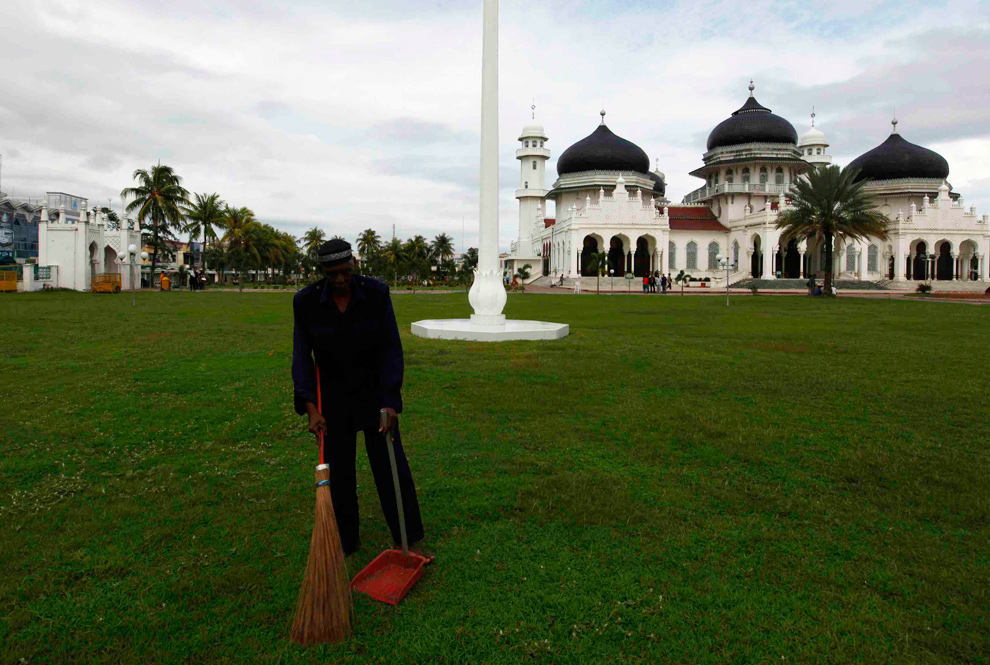


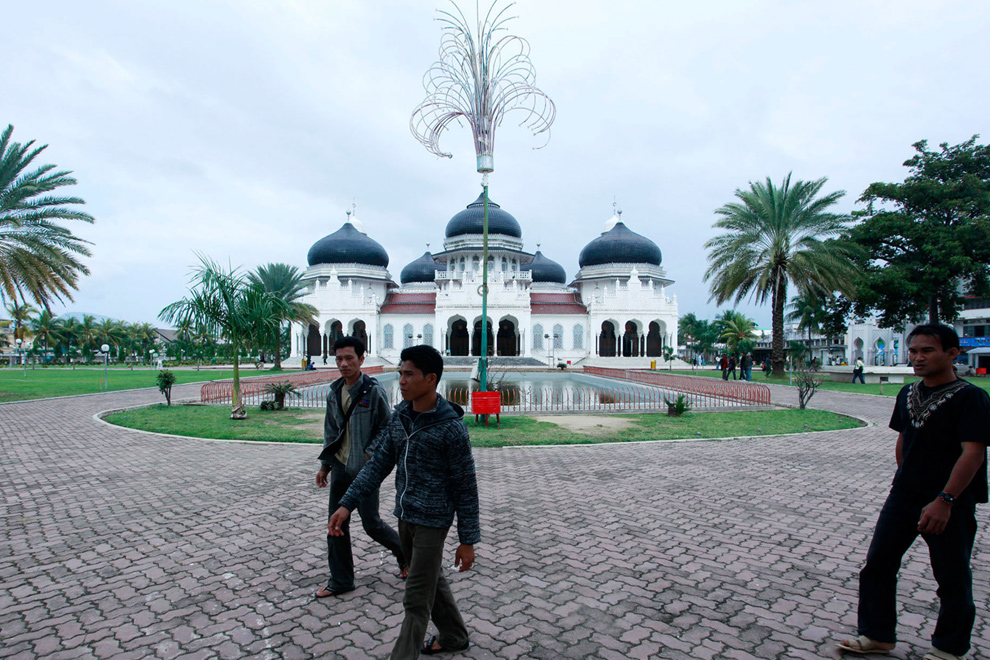

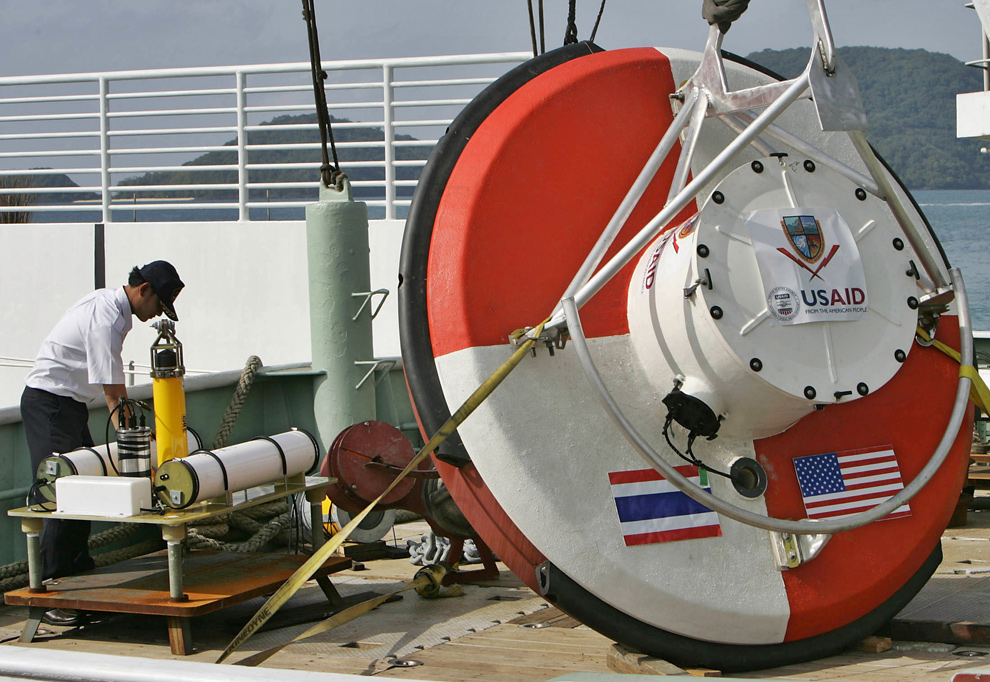
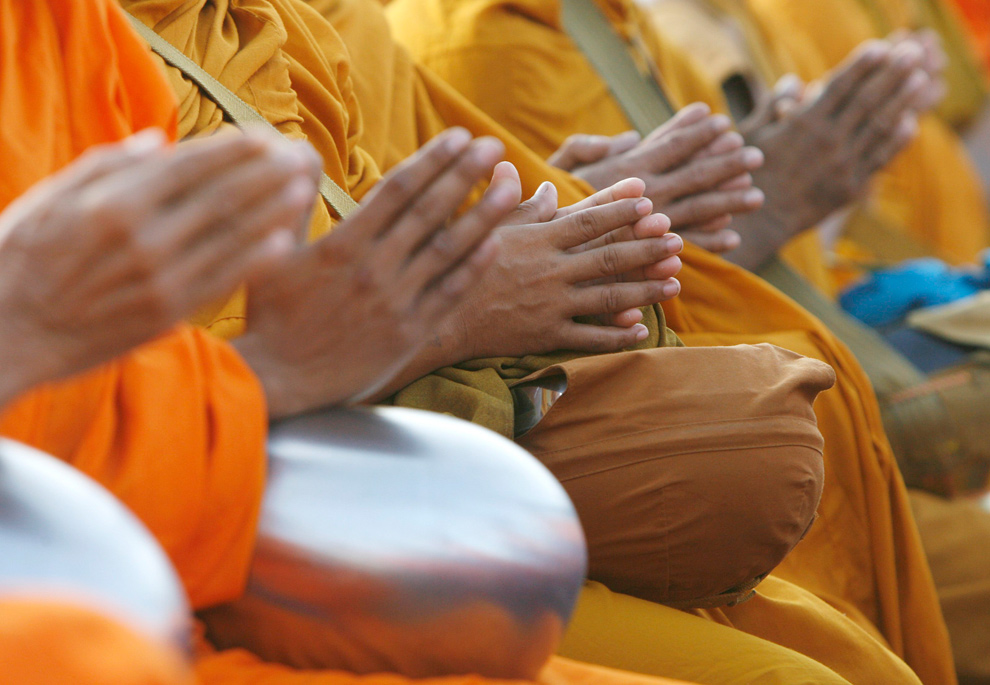
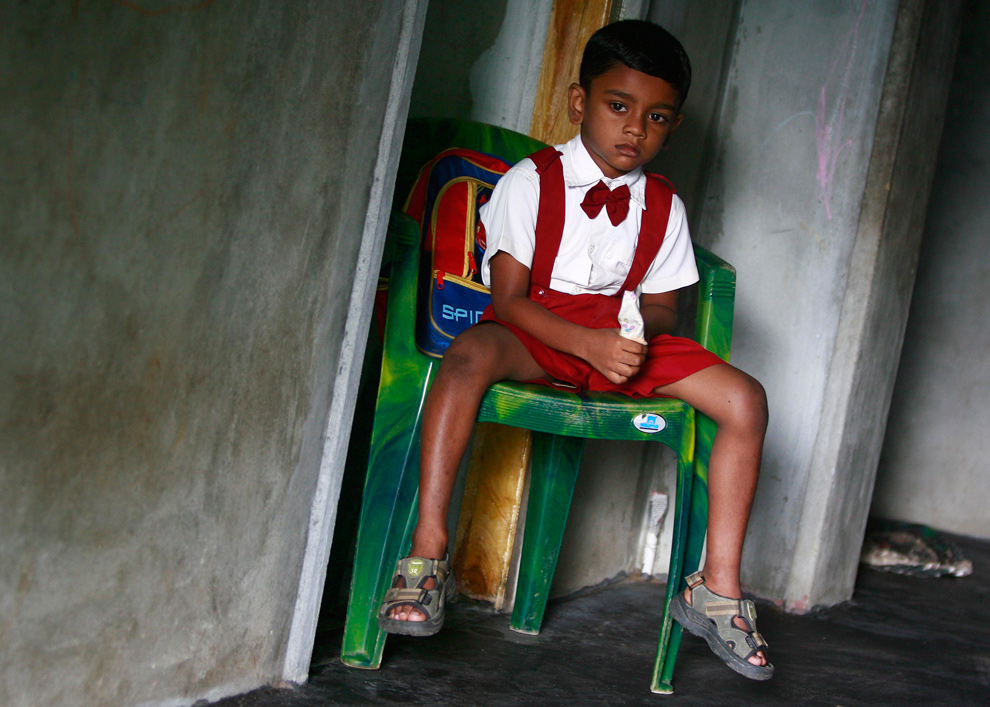
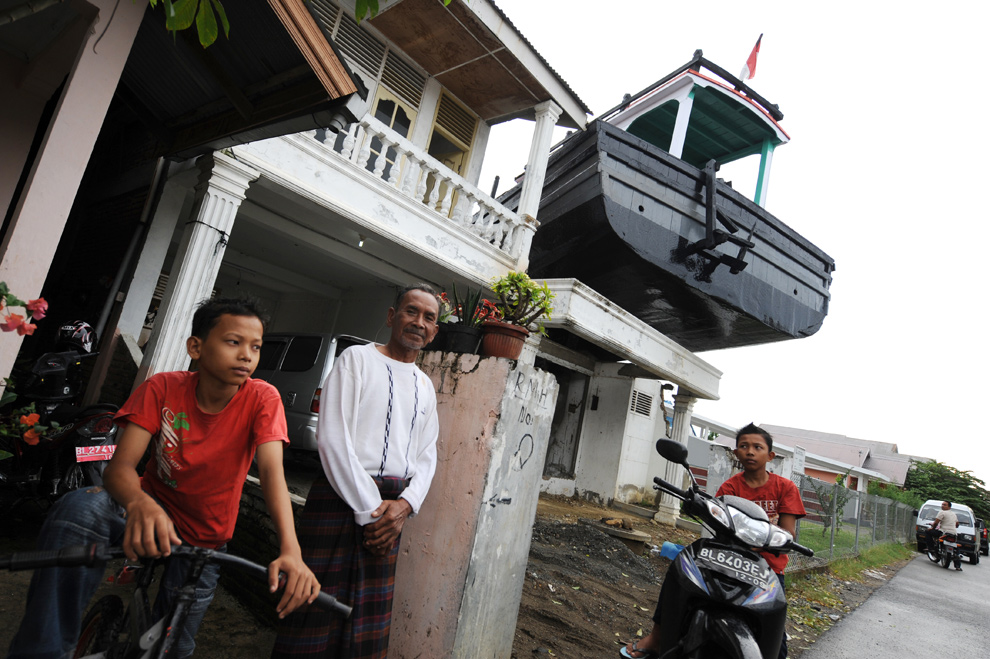
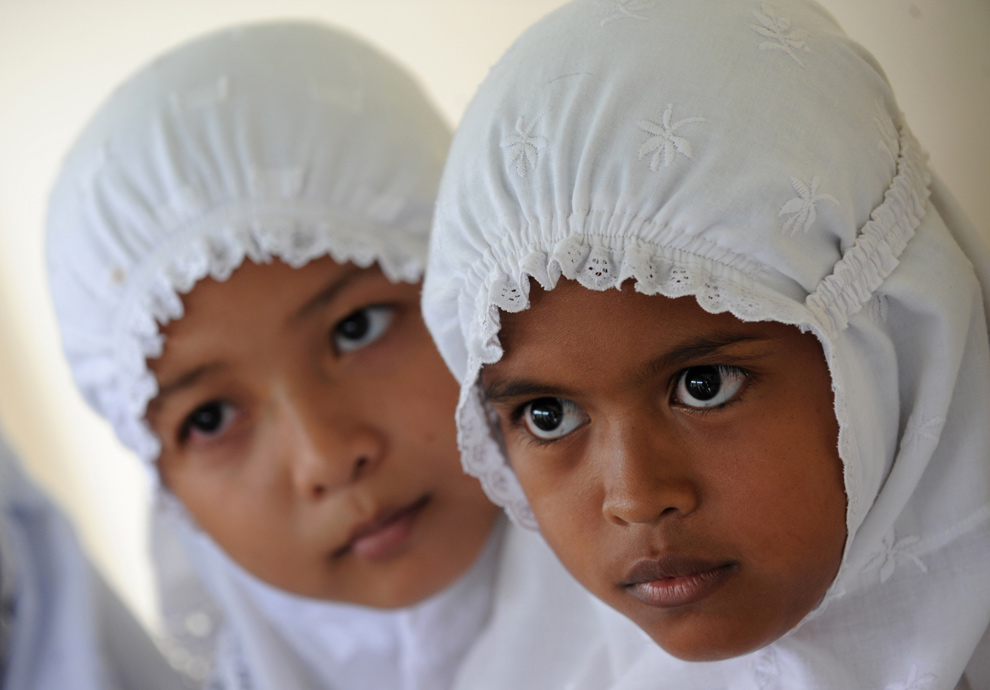












Human trafficking a big problem in Florida, official says
By AIYANA BAIDA
Highlands Today
Published: December 15, 2009
SEBRING - There are lots of reasons why people want to come into the United States-work is a major one and human traffickers know this better than anyone.
"Are you young and ambitious? Thousands of job opportunities await you in the United States," reads a typical ad used by human traffickers to ploy their victims into working in the United States. Once here, the traffickers force their victims into a life of forced labor or working in the sex industry.
Florida is number three on the list of states with the most human trafficking.
"Florida is ground zero. It's one of the points of entry," Twila Smith, Federal Bureau of Investigation official, said.
FBI officials presented information on human trafficking, at the Highlands County Homeowners Association Meeting Monday. The idea was to provide insight on the growing problem to officials and residents who attended.Victims believe that the traffickers will give them a better life but "it's a better lie," Smith said.
And because many of them are more afraid of their traffickers than law enforcement, they are hard to identify.
Cases of human trafficking have occurred in Florida as recent as September where the Central Florida News 13 reported that in Manatee County a mother and son smuggled a Guatemalan man into Bradenton and held him captive.
On Jan, 15, the FBI reported that between Jan. 1, 2007 and Sept. 30, 2008 the Human Trafficking Reporting System recorded more than 1,200 incidents of alleged human trafficking.
The bureau identifies human trafficking into two categories: sex, which accounts for 83 percent of all incidents reported, and labor, which accounts for 12 percent of incidents.
During the presentation, Smith read out some alarming statistics: every 10 minutes someone becomes a victim of trafficking and many of the victims are children.
"It's sad but true, it is in our own backyard. It is here in Sebring and Indian Town," Smith said.
Presenters asked that everyone do their part helping victims who are more afraid of their traffickers than law enforcement.
In human trafficking cases, FBI officials say they are helping victims by giving them status, benefits and protection as long as it can be proven that they are victims of human trafficking.
Cities and counties across the nation have started their own task force to combat human trafficking, many after partaking in the FBI's presentation.
"It is a hot topic...and one agency cannot do it alone," Smith said.
Highlands Today reporter Aiyana Baida can be reached at (863) 386-5855 or nbaida@highlandstoday.com